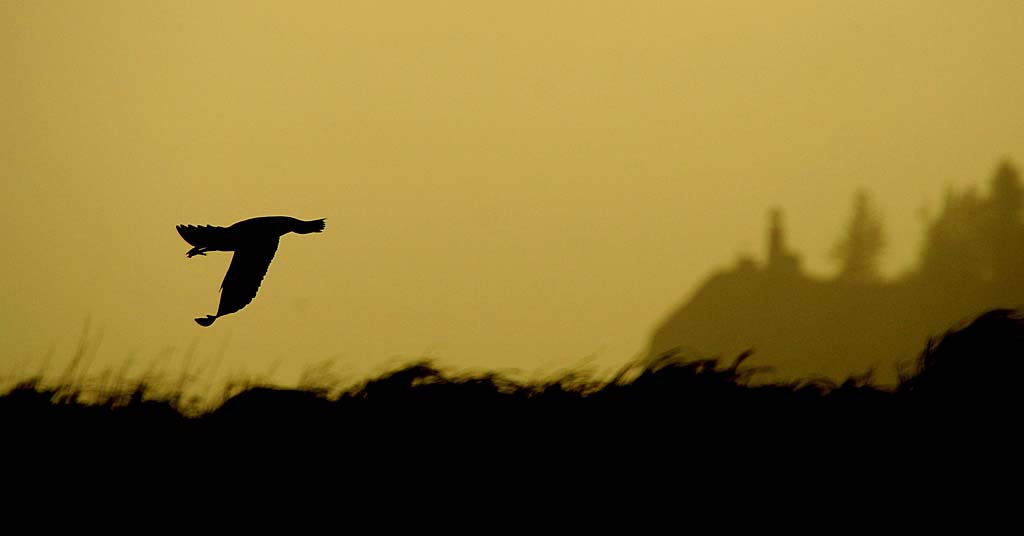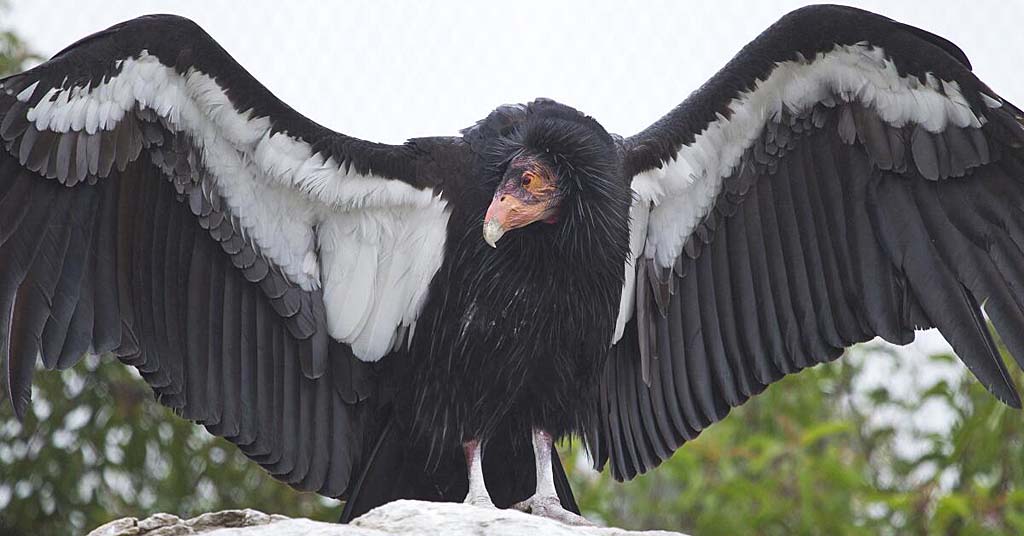
After the Occupation: What Now at Malheur National Wildlife Refuge?
By Jurgen Hess, Photojournalist. Oct. 17, 2016.
5:25 a.m. A fall morning at Buena Vista Overlook. The sun’s rays highlight ponds. Quiet murmurings of resident ducks, geese, wading shorebirds. Rabbit-brush in bloom. Jack rabbits everywhere finishing up night-time foraging. The view not that different from what a Paiute Indian might have seen hundreds of years ago. The high desert refuge lies tranquil and peaceful.
The tranquility belies the scene 280 miles away in the Portland Federal District Court, where the trial of seven militia occupiers is underway. Other occupiers have already pled guilty. The armed occupiers forcefully took over refuge headquarters for 41 days from January 2 to February 11, 2016, shutting out federal employees and the public. Nine months later the Refuge headquarters is still closed with ‘no entry’ signs and security cameras.
 Malheur National Wildlife Refuge, 35 miles south of Burns, Oregon, was designated by President Teddy Roosevelt in 1908. The Refuge’s 187,000 acres contain a diversity of inland marsh/wetland habitats providing homes to 320 bird species and 60 mammal species.
Malheur National Wildlife Refuge, 35 miles south of Burns, Oregon, was designated by President Teddy Roosevelt in 1908. The Refuge’s 187,000 acres contain a diversity of inland marsh/wetland habitats providing homes to 320 bird species and 60 mammal species.
I’ve come here to look into the on-the-ground situation. Headquarters staff is unavailable to talk to me. To get the story of what’s going on now I talk with Tim Blount, Executive Director of Friends of Malheur National Wildlife Refuge. After my sunrise photo shoot we meet at Buena Vista Overlook.
A pair of binoculars hangs from his neck. While in the thick of discussions he interrupts, “Excuse me.” Pulls up his binoculars and says, “That was a small group of shorebirds.” “What are they?” I ask. “Long-billed Dowitcher.” “Wow!” I say. He loves this stuff.

Tim Blount
Mr. Blount lives on the Refuge and regularly coordinates and works with staff. He has been birding on the Refuge since he was 16. Formerly the Harney County IT manager, he became Friends Executive Director in 2015. “I love the Refuge and do what I can to support it as a citizen and Executive Director,” he says. He advocates and lobbies both for the Malheur and refuges in general.
Friends of Malheur Refuge has 2,000 members; prior to the takeover they had 140. During the occupation Mr. Blount spent time in Washington, D.C. in discussions with Senators Wyden and Merkley and Representative Walden and Secretary of the Interior Sally Jewell and Fish and Wildlife Service Director Dan Ash. In all those meetings he stressed the importance of the Refuge and the impacts to Refuge staff and resources from the occupiers.
Why is headquarters still closed?, I ask. “They are installing safety and security measures for visitors and staff; they want to make the Refuge as safe as possible,” he says. “It’s been tough on employees. Refuge Manager Chad Karges has handled it in a calming manner.” While Mr. Karges hopes to get things back to normal, “It may never be the same.”
I stay in Burns and eat in local restaurants. Having stayed there many times before, I don’t notice anything different this trip: I see no protest signs. The only thing I notice is that a favorite restaurant that formerly specialized in beef is now a pizza parlor. The recall of Harney County Judge, Steve Grasty (akin to County Commissioner) failed with over 73 percent voting to retain him. April 8-10 the annual Harney County Migratory Bird Festival put on by the Chamber of Commerce and others went on as it has every year and was well attended.
 I ask Mr. Blount how the natural resources, such as water levels, are doing. He tells me where Malheur Lake is normally at 80,000 acres, it is now below 2,000 acres with only 4 to 6 inch depths. Harney Lake, also on the Refuge, is completely dry.
I ask Mr. Blount how the natural resources, such as water levels, are doing. He tells me where Malheur Lake is normally at 80,000 acres, it is now below 2,000 acres with only 4 to 6 inch depths. Harney Lake, also on the Refuge, is completely dry.
Non-native carp are a major resource issue for the Refuge. Carp stir up sediment decreasing plants needed for wildfowl habitat. The dry lakes and wetlands help reduce carp habitat, but having fewer areas of wetlands impacts resident birds. Mr. Blount is unsure whether the lake area reduction is related to climate change, “It’s too early to tell and water levels do go through cycles.”
 What does Tim Blount see as the biggest damage from the occupation? “It’s part of a threat to all public lands. There is an anti-public land foothold.” This concern was a major reason he went to Washington, D.C. to talk with the congressional delegation. “It is important to sensitize people to the issue.”
What does Tim Blount see as the biggest damage from the occupation? “It’s part of a threat to all public lands. There is an anti-public land foothold.” This concern was a major reason he went to Washington, D.C. to talk with the congressional delegation. “It is important to sensitize people to the issue.”
I ask Mr. Blount his closing thoughts. He hopes with the occupiers gone, the public will stay involved. “Support the Friends of Malheur and the work we are doing; support refuges and friends groups close to where you live,” he says. “Know your representatives and tell them why these lands are important.”
Wildlife of Malheur Photo Gallery by Jurgen Hess
?
Invalid Displayed Gallery
(Wildlife species in order of slide show: Sandhill Crane, Great Egret, American Avocet, Porcupine, White-faced Ibis, Long-billed Dowitcher, American White Pelican, Black-necked Stilt, Pronghorn Antelope, Northern Harrier, ending with a Malheur Sunrise)











I loved your superb images and report, Jurgen! Keep up your great work as a photojournalist!
An impressive article with stunningly gorgeous photographs. I am so in awe of the dedication of the Malheur Wildlife Refuge employees, it really speaks highly of their love and dedication to this beautiful place and why it needs to be preserved. Thanks for bringing this area into the spotlight again. They need our support now more than ever.